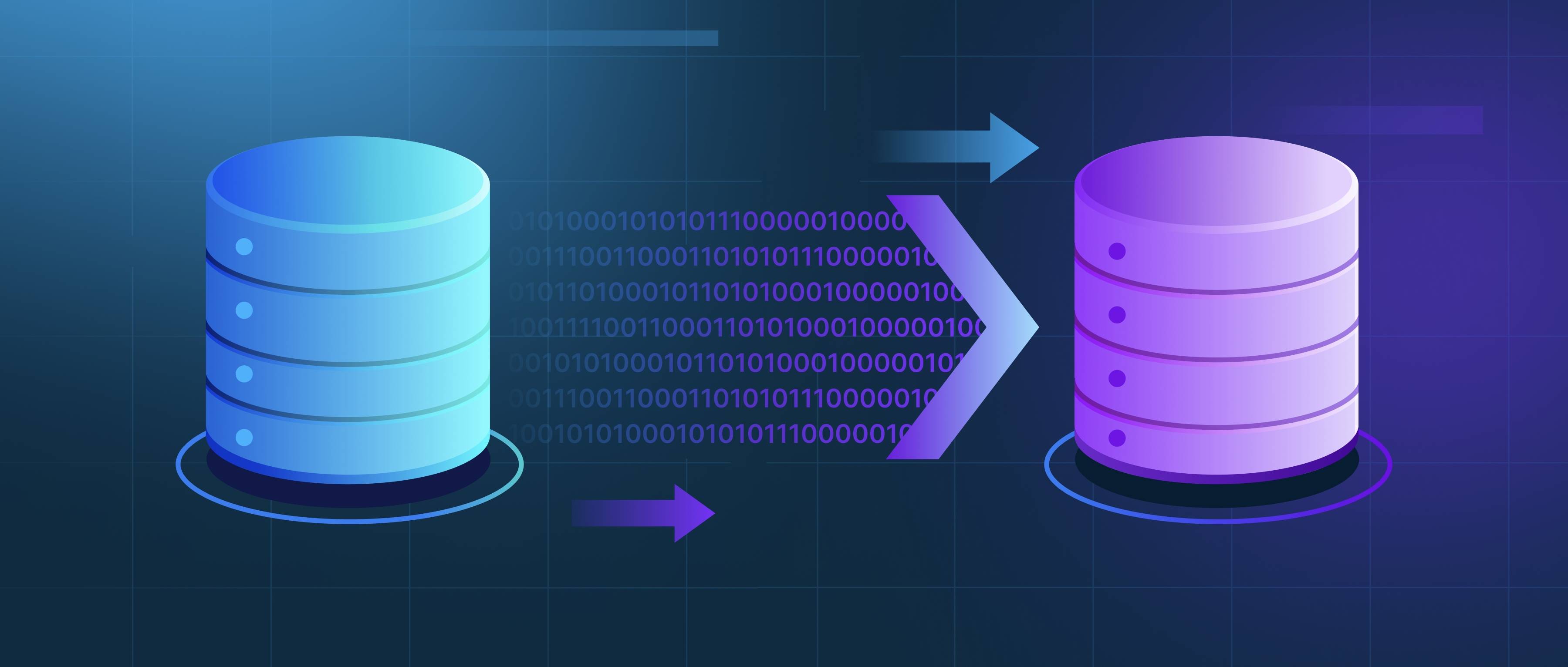Common techniques in NLP can be grouped into three categories: preprocessing, feature extraction, and modeling. Preprocessing techniques include tokenization, stemming, lemmatization, stop word removal, and text normalization. These steps clean and structure raw text data to make it suitable for further processing.
Feature extraction techniques transform text into numerical representations that models can process. Approaches include Bag of Words (BoW), Term Frequency-Inverse Document Frequency (TF-IDF), and word embeddings like Word2Vec and GloVe. Word embeddings are particularly powerful because they capture semantic relationships between words in dense vector forms.
Modeling techniques involve the application of algorithms to solve NLP tasks. Traditional methods include Naïve Bayes for text classification and Hidden Markov Models for sequence labeling. Modern approaches leverage deep learning models like recurrent neural networks (RNNs), convolutional neural networks (CNNs), and transformer-based architectures such as BERT and GPT. Transfer learning, attention mechanisms, and pre-trained models have further revolutionized NLP by achieving state-of-the-art performance in tasks like translation, summarization, and sentiment analysis. The choice of technique depends on the task, data size, and computational resources.
